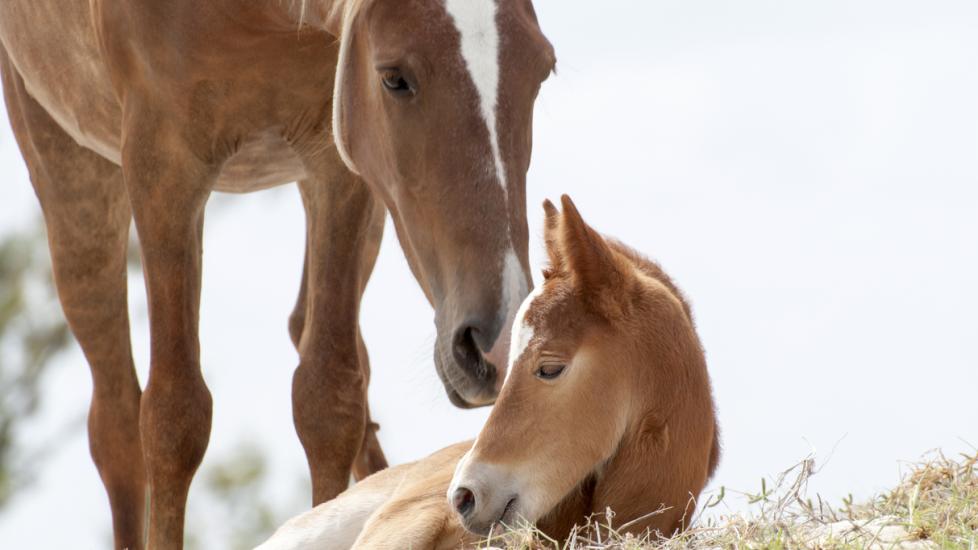Born With No Anus or Rectum in Foals
Atresia Ani
Atresia ani is a rare congenital condition in which a foal is born without an anus. It also may cause part or all of the rectum to be missing. This condition can vary in severity. Surgery is the only option for foals born with this condition and the outcome depends on how badly the foal’s gastrointestinal tract is affected.
Symptoms and Types
Foals with this condition display signs such as:
- Colic-like symptoms (e.g., abdominal pain)
- Straining to pass a bowel movement
- Swelling of space where anus should be (if rectum intact)
Causes
Although this condition is congenital, meaning present at birth, it has not yet been linked to hereditary genetics. Mutagens in the environment during prenatal development could also be a cause.
Diagnosis
A veterinarian can easily diagnose atresia ani. If the rectum or anus is missing, in whole or part, that is a surefire indicator of the diagnosis. Your veterinarian will make a thorough inspection of your horse’s body, and will prescribe immediate treatment for this problem.
Treatment
Surgery is needed to create an opening for the anus or to reconstruct the part of the rectum that is missing. This treatment may be costly and usually involves extensive surgery at a large animal hospital.
Living and Management
Prognosis for this condition depends largely on how badly the foal is affected. Some foals merely lack the external opening of the anus. This can be surgically corrected relatively easily, if the anal sphincter is intact and functional. Foals that lack a developed sphincter will suffer from fecal incontinence their entire lives. Sometimes this condition causes the small colon and rectum to be abnormally narrow. If this is the case, these foals will be at increased risk of impaction colic in the future. In more severely affected cases, large portions of the rectum and even small colon are missing. These cases do not do well surgically and often the best option is euthanasia for these animals.
Prevention
As the cause of this congenital defect is not yet known, prevention is not possible.
References
Featured Image: iStock.com/virsuziglis
